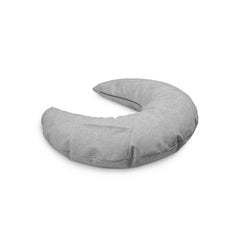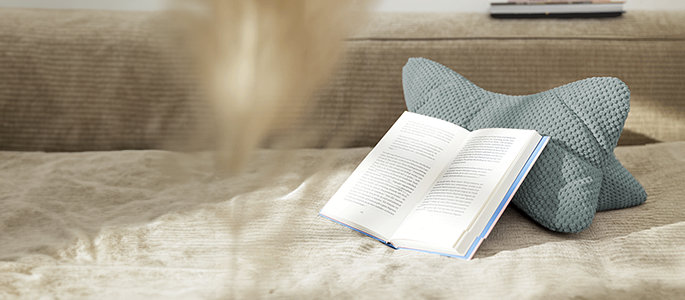In today's digital world, tablets have become an indispensable part of our everyday lives. Whether for work, entertainment, or reading e-books, the tablet is a versatile companion. However, many users complain of sore hands, tingling hands, or even numb hands after prolonged use. In this blog post, we explore the causes and offer helpful tips on how to protect your hands.
The causes of sore hands when using a tablet
1. Attitude problems
Often, the posture in which we use our tablets is not optimal. Holding the tablet too low or too high can lead to an unnatural hand position. Joints and muscles become strained, causing pain. This can also lead to unpleasant symptoms such as tingling hands if nerves become pinched.
2. Permanent use
Prolonged use without breaks can also lead to discomfort. Staring at the screen for hours while maintaining the same hand position strains the muscles and tendons in your hands. In extreme cases, your hands may begin to fall asleep due to impaired circulation.
3. Incorrect ergonomics
Most tablets are lightweight, but holding them in an awkward position for extended periods can still compromise ergonomics. An unergonomic workstation or environment places unnatural strain on the hands, which can lead to both sore and tingling hands.
4. Previous knowledge of wrist and finger stress
Due to the small screen size, many tablet users tend to cramp their fingertips for extended periods. This can not only lead to sore hands but also increase the risk of tendonitis. Additionally, it can cause an unpleasant tingling sensation or even numbness in the hands.

Tools for support
A supportive tool that helps many tablet users are special reading pillows such as the Bookiepad or the Reading boneThese cushions allow you to position the tablet at an optimal angle so you can use it comfortably and without pain.
Advantages of the Bookiepad and reading bone:
- Ergonomic posture: Both the Bookiepad as well as the Reading bone ensure that the tablet is positioned at a comfortable height and angle. This relieves strain on your hands and wrists, as you no longer have to hold the device for long periods.
- Relief of the arms: With a Reading pillow You can rest the tablet on a surface, meaning your arms don't have to be raised continuously. This reduces muscle strain and ensures relaxed use.
- versatilityWhether in bed, on the sofa, or at the table, the Bookiepad and reading bone allow you to read or work comfortably anywhere. They also serve as a practical surface for books or notes.

Tips to avoid pain
1. Take breaks
Regular breaks are essential. Try to take a short break of at least 5 minutes every half hour. Use this time to relax your hands and move them.
2. Optimize your posture
Make sure to position the tablet at eye level, ideally with the help of the bookie pad or reading bone.
3. Change hands
To avoid one-sided strain, you should occasionally change the hand you use to hold the tablet.
4. Use alternative input methods
If possible, use an external keyboard or stylus to reduce hand strain.
5. Regular stretching exercises
Regularly perform simple stretching exercises for your hands and wrists. These help relieve tension and increase flexibility.
Conclusion
Sore hands, tingling hands or even hands falling asleep after using tablets are common problems, but with small adjustments and aids such as the Bookiepad or a Reading bone can be avoided. By following ergonomic principles and taking regular breaks, you can protect your hands and prolong the enjoyment of using your tablet. Remember, your well-being is our top priority!




